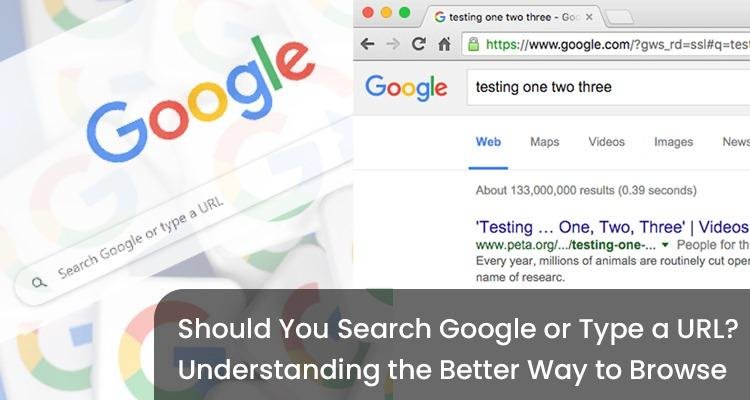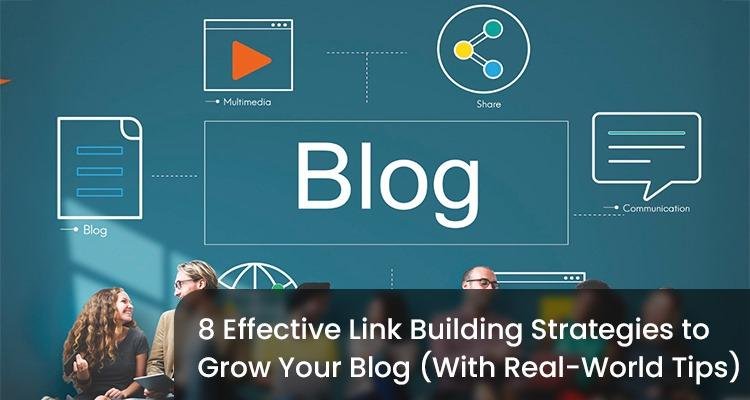How to Create Best Web Design Solutions For Your Business?

In the era of instant data, your website is not only a virtual business card — it’s your shopfront, your brand ambassador, and sometimes your first customer contact. In an era of dwindling attention spans and growing competition, an effective, converting, and lean website is not a luxury — it’s a necessity. Whether you’re a new startup wanting to create some waves or an established company wanting to take your online business to the next level, creating the best web design solutions for your company can assist in making you stand out in the saturated online space. But how do you actually create web design solutions that are not only aesthetically pleasing but also produce measurable results?
Let’s get into the nitty-gritties of creating web design solutions that convert, engage, and bring your brand presence to the next level — with actionable tips, tools, and insights from ITCombine, India’s top digital agency.
Why Your Website Is More Important Than You Realize?
You can have the greatest products or services in the industry, but if your website is clunky, slow, or difficult to navigate, individuals will bounce faster than you utter the term “bounce rate.”
A strategically designed website:-
- Creates a strong first impression
- Builds credibility and trust
- Boosts search engine rankings
- Encourages customer action
- Drives consistent revenue
In few words, your web design is an asset for business — not a purely cosmetic element. Let’s discover how you can make your site your strongest digital marketing tool.
The Role of Web Design in Business Success:
Web design is not merely a matter of pretty colors and clear typography anymore. It’s a matter of navigation, user experience, mobile usability, and the efficiency with which your site can lead visitors into buyers.
First Impressions Matter-
Your website is generally the first interaction for potential customers. In seconds, your visitors make up their minds to remain or exit based on your website’s appearance and atmosphere. A neat, clean, simple, and sleek design can quickly establish trust and encourage interaction.
Improving SEO Performance-
SEO and design complement each other symbiotically. If your site is not viewable on a smartphone, does not load under five seconds, or does not give structured content, your SEO rankings will go down the tubes. Web design is discovering optimization. This includes everything from mobile optimization and image compression to semantic HTML tags and structured data.
Building Credibility and Trust-
Would you trust a business that has broken links, blurry images, or an outdated interface? Neither would your customers. A professional, responsive design sends a message — you take your business seriously and value your customers’ time and experience.
Competing in a Digital Marketplace-
Your competitors are already investing in optimized web design. If your site cannot match or exceed their digital experience, you are likely losing out on potential customers. Great web design helps you stand out and stay ahead.
Eight Principles of Effective Web Design:
Here are eight essential principles that drive high-performance web design solutions.
Purpose with Clarity – Every page on your website should have a clear purpose. Are you educating, selling, capturing leads, or entertaining? Clarity of design and message results in improved user engagement and more conversions.
Simplicity Wins – Minimalist design is not eliminating functionality. It is eliminating distractions and directing the user’s focus where it will be most relevant.
- Colors: Choose a consistent color scheme that reflects your brand and creates the desired emotion.
- Typography: Use no more than three font styles and ensure high readability across devices.
- Imagery: Use high-quality images that reflect your business ethos. Avoid generic stock photos whenever possible.
Easy Navigation – Your visitors should never feel lost. Keep menus simple and intuitive. Have a good call to action on each page. Breadcrumbs, dropdowns, and internal linking facilitate browsing and engage the user more effectively.
Understand Reading Patterns – Most users follow an F-shaped reading pattern. That means they focus more on the top and left sections of your site. Place your most important content and calls-to-action accordingly to align with natural eye movement.
Visual Hierarchy – Guide your visitors by using size, contrast, color, and spacing to draw attention to what matters most. Whether it is a headline, a product image, or a sign-up button, your design should lead the eye naturally.
Mobile Responsiveness – With over 60 percent of web traffic coming from mobile devices, your website must look and function seamlessly on every screen size. Responsive design is not just a trend — it is a necessity.
Grid-Based Layout – Grids impose order and symmetry on your design. They are consistent and aligned page-to-page, which makes the site easier to read and navigate.
Speed and Performance – A slow website can cost you conversions. Minify code, compress images, and host fast to get your site to load quickly and efficiently.
Behind the Scenes: Web Design Process
Since you now have some idea of what a good design is, let’s start creating one.
Step 1: Define Your Goals–
Before you even start to design, decide what you want your site to accomplish. Lead generation, online sales, or building brand awareness, your goals will dictate the entire plan.
Step 2: Research and Competitor Analysis–
Learn from your competition and industry pioneers. What are they getting right? Where are they getting wrong? Utilize this data to determine your brand’s unique value proposition and prevent you from committing common errors.
Step 3: Plan the Structure–
Develop a sitemap to map out your website structure. Decide what pages you will have and how they will be connected. This is your website plan. Design tools such as GlooMaps or FlowMapp can assist you in creating a visual of your site architecture.
Step 4: Wireframing and Prototyping–
Roughly sketch loose versions of all pages. This allows you to concentrate on user flow, content placement, and usability without considering visuals. Figma, Sketch, or Adobe XD is best for this stage.
Step 5: Design High-Quality Content–
Design and content go hand in hand. Make sure your message is concise, clear, and directed at your users. Utilize strategic keywords but do not overdo keyword stuffing.
Need content assistance? ITCombine’s content specialists are experts at producing SEO-optimized, conversion-oriented copy that produces results.
Step 6: Visual Design and Branding–
Actually design your wireframes in color, font, images, and branding. Every design decision should be driven by your brand identity and appeal to your target audience.
Step 7: Develop the Website–
Once your design is finalized, it’s time to bring it to life as a live site. Choose the right platform or CMS (e.g., WordPress) depending on your needs. Optimize the site for speed, mobile-friendliness, and SEO.
Step 8: Test Thoroughly–
Test everything before launch — responsiveness, page speed, broken links, browser support, and user experience. PageSpeed Insights and Hotjar can provide useful feedback.
Step 9: Launch and Promote–
It’s launch day. Spread the word about your new site through email marketing, social media, and press releases. Track performance with Google Analytics and tweak accordingly based on user behavior.
Step 10: Evolve and Maintain–
A website is never truly “finished.” Keep your site up and running and in good standing, with regular updates, performance tracking, content renewal, and security audits.
Do It Yourself or Hire a Pro?
Creating a site from the ground up is daunting — particularly when you also need to operate a business. If you wish for a site that will be stunning, but also function well, working with an elite website designing company noida like ITCombine can short your timeline, spare you stress, and yield substantially better outcomes.
Whether you need a fully bespoke design, a WordPress website, or a revamped landing page that converts, ITCombine can provide scalable web design solutions for your business needs.
Ready to Build a Website That Works as Hard as You Do?
Your site is either driving growth or weighing you down. The choice is yours.
If you want to develop web design solutions that produce results, build trust, and capture attention, don’t take a chance. Engage the experts, use established techniques, and see your online visibility soar.
Reach out to ITCombine, website development company noida, today and learn how we develop web design solutions that make a difference for your business.
Content written by-Gunjan
Gunjan is part of the expert content marketing team at ITCombine. She has an expertise of curating meaningful information that can be used by visitors in general. Gunjan is also involved in creating Client specific stories and blogs.
Copyright © 2025 - itcombine.com.
All Rights Reserved.







